SEM vs SEO Explained: Differences and Similarities

In the bustling marketplace of online visibility, two fundamental terms reign supreme: SEM vs SEO. While often used interchangeably, these techniques of digital marketing include different strategies and impacts. Mastering their differences and understanding their synergy can be the key to unlocking explosive growth for your business.
In this blog, we will investigate the similarities and contrasts between SEO and SEM, helping you with clarity about which technique suits your particular needs.
What is SEO vs SEM?
SEO or Search Engine Optimization focuses on growing the business slowly by building trust & authority around the business and making keyword-rich optimized content for search engine crawlers.
SEM, on the other hand, is a broad category of Search Engine Marketing that grows website traffic in a short period by utilizing techniques like Pay Per Click and Search Engine Optimized ads.
Let’s take a close look at both SEO and SEM and how you can optimize your content to reach your target audience.
Understanding Search Engine Optimization (SEO)
Search Engine Optimization, or SEO, is the process of making a website rank higher on the SERPs to grow businesses. It involves steps like:
- Keyword Research
- On-Page SEO
- Off-Page SEO
- Technical SEO
Keyword Research
Understanding the terms and phrases your clients use in search engines is the goal of keyword research. You can do this using keyword research services like: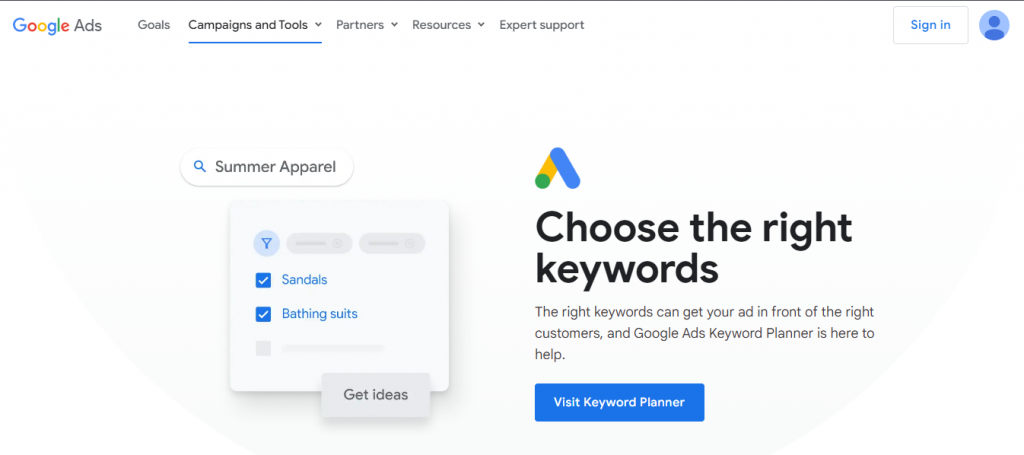
- Google Keyword Planner: This free tool offers basic keyword data like search volume and competition.
- Ahrefs: Offers comprehensive keyword research with competitor analysis and advanced metrics.
- SEMrush: Similar to Ahrefs, SEMrush provides in-depth keyword insights and broader SEO functionalities.
- Moz Keyword Explorer: Analyzes keywords, identifies related terms, and estimates difficulty.
You can easily use these tools to find the perfect keywords and grow your business. But wait, how do you know what keyword to use? Here’s a step by step guide on how you can easily select keywords relevant to your business:
- Start with Seed Keywords: Brainstorm relevant terms related to your business or niche.
- Expand Your Horizons: Use research tools to discover long-tail variations and related searches.
- Analyze Search Intent: Understand what users are truly seeking behind each keyword.
- Consider Competition: Evaluate keyword difficulty and identify realistic targets.
- Stay Updated: Keep abreast of evolving search trends and user behavior.
On-Page SEO
After doing the Keyword research, you have to integrate those keywords into the website to optimize your website’s SEO for the target audience. Here’s how you can improve the on-page SEO of your website:
- Keyword Placement: Incorporate target keywords naturally and strategically throughout the page’s text, headers, meta descriptions, URL structure, and image alt tags. Avoid overstuffing them, known as “keyword stuffing,” as this can negatively impact rankings.

- Title Tag and Meta Description: Write unique title tags and meta descriptions using primary keywords where applicable. Keep titles under 60 characters and avoid duplicates.
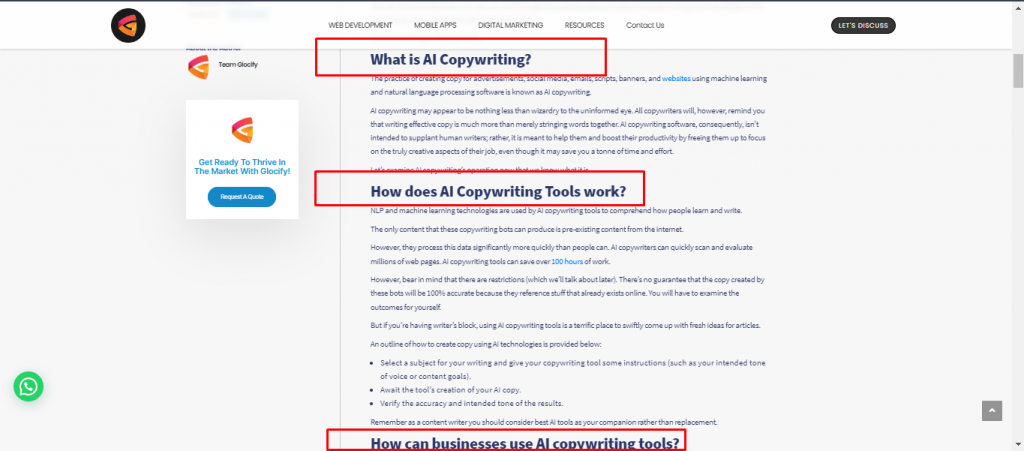
- Header Tags (H1, H2): Use header tags to break up content and create a hierarchy. Include the primary keyword in the Heading 1 tag if possible.
- Quality content creation: Publish high-quality, unique, and engaging articles that address frequently asked questions, industry trends, tips and tricks, etc., related to the business niche. Regular updates keep the audience engaged and indicate freshness to search engines.
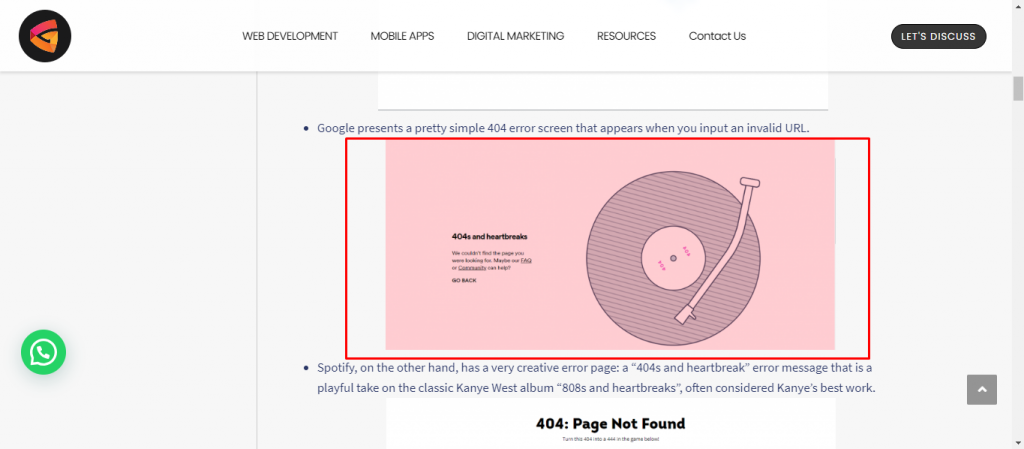
- Image and media optimization: Add alt tags and file names that explain the pictures’ context, making them easier for search engines to comprehend. Compress large image sizes without compromising visual appeal to decrease page load times.
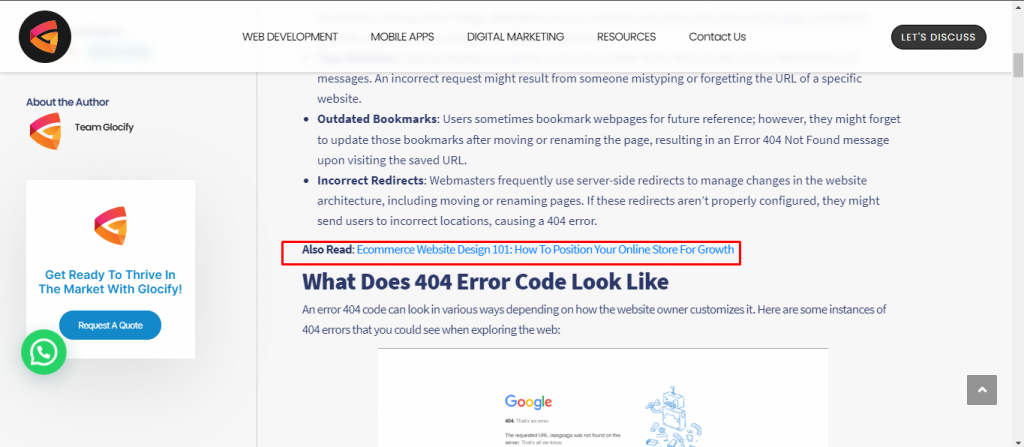
- Internal link building: Connect similar pages or blogs internally through hyperlinks to assist bots in grasping how the website’s pages relate to each other and enhance overall usability.
- Website Speed: Minimize HTTP requests, compress files, utilize browser caching, minimize redirects, and choose reliable hosting providers to speed up site loading times.
- Readability: Format text for readability and skimmability using bullet points, numbered lists, bold and italicized font styles, and whitespace.
Off-Page SEO
On-page SEO helps in ranking your website, but it is off-page SEO that helps build the trust and authority of your website from other websites. Off-page SEO mainly involves:
- Link Building Strategies: Acquire quality backlinks from authoritative domains relevant to your industry. These may come via guest blogging, collaborations, broken link fixing, resource listings, scholarship programs, and other creative ways. Beware of spammy or low-grade connections, as those might harm rather than help your website’s standing.
- Brand Mentions & Citations: Encourage the mention of your brand name, logo, or slogan on reliable directories, review platforms, news portals, and social media profiles. Such citations affirm trustworthiness and establish credibility, potentially influencing local search engine rankings.

- Social Media Presence: Though not necessarily a direct ranking factor, having an active social media following demonstrates engagement and interest in your brand. Promoting your content via social networks contributes indirectly to gaining exposure and inbound links.

- Online Reputation Management: Managing customer reviews, feedback, and ratings positively impact local search engine rankings because it affects your business’s perceived reliability and credibility by search engines.
Technical SEO
Technical SEO includes optimizing your site to make sure that it can be easily crawled and indexed by search engines webmasters like Google and Bing. If your website is not optimized properly, it won’t rank on SERPs. Here’s how you can optimize your website for technical SEO:
- Site architecture: The way your website is structured affects its navigational ease, hierarchy, and internal linking patterns. Improving these factors makes it simpler for crawlers to check and understand your website’s content, leading to better search engine placements.
- Site speed: Fast-loading sites attract and retain visitors since they prefer not to wait long periods for pages to open. Thus, ensuring optimal site load speeds increases user satisfaction and reduces bounce rate. Techniques like image compression, minifying CSS files, caching strategies, and CDN usage can be employed to hasten page rendering times.

- Mobile optimization: Since mobile device use continues to surge, having a responsive design that adjusts according to screen dimensions ensures compatibility across various devices. Besides being vital for user convenience, Google now ranks mobile-friendly sites higher in search results.
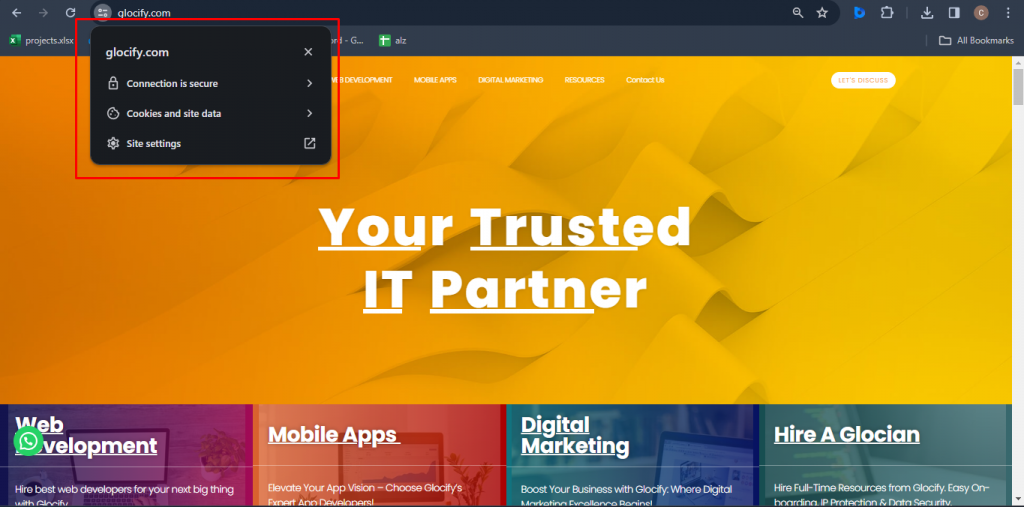
- HTTPS encryption: Securing your website using SSL certificates adds an extra layer of security, instilling confidence amongst potential patrons. This is significant given Google’s preference for secure websites during ranking decisions.
- XML sitemaps: Creating an XML map detailing all accessible URLs assists bots in discovering and understanding your website’s content. Including metadata like publication dates, last modification timestamps, and priority indicators also facilitates better indexation practices.
Understanding Search Engine Marketing (SEM)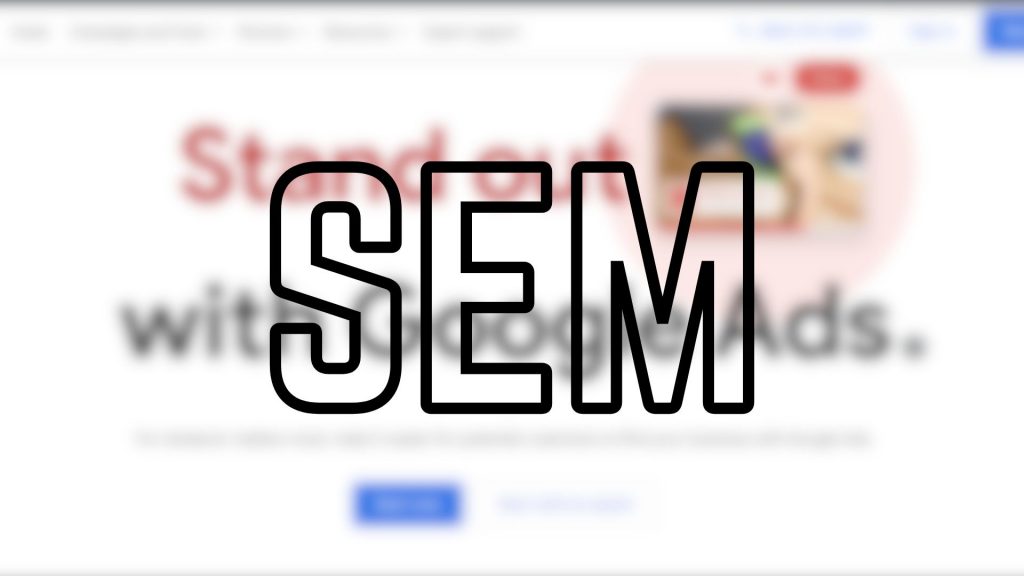
Search Engine Marketing, or SEM, is the process of promoting websites through paid and organic search engine optimization techniques. In less difficult terms, SEM contains both Search Engine Optimization and Pay-per-click ads, aiming toward promoting your website, driving traffic, producing qualified leads, and eventually, growing sales and income for organizations and individuals alike.
Components Of Search Engine Marketing
SEM encompasses many components, including keyword selection, site structure optimization, content creation, metadata management, technical SEO tweaks, link building, and social media integration, all working together to enhance a website’s overall search engine friendliness, user experience, and competitive position.
A comprehensive SEM strategy should align with business objectives, audience personalities, website goals, budget constraints, timeline considerations, expectations, and best practices guidelines.
Benefits of Search Engine Marketing
While SEO concentrates mostly on organic search tactics that rely solely on unpaid means to improve rankings, SEM employs both free and paid avenues simultaneously to gain maximum traction, making it more versatile and adaptable to fluctuating situations. By leveraging SEM, companies can enjoy the following advantages:
- Improved search engine presence – Both organic and paid results will be displayed on SERPs, offering dual exposure opportunities that amplify reach and reinforce brand recognition.
- Higher click-through rates – Since PPC ads often stand out above organic ones, they have increased chances of capturing attention and generating clicks, thereby augmenting overall traffic volumes.
- More accurate targeting options – SEM enables tailored approaches based on parameters such as demographics, locations, devices, languages, keywords, interests, intent, and behavior, leading to highly customized experiences that cater to individual needs.
- Better alignment between spend and outcomes – With transparent reporting capabilities and real-time analytics tools, businesses can track the strength of each channel and adjust their investments according to ROI calculations, saving resources and optimizing profits.
Difference Between SEO and SEM
Search Engine Marketing vs Search Engine Optimization differs in a lot of ways:
Fundamental Approach
SEO focuses on achieving higher organic rankings through natural search traffic driven by unpaid methods. Meanwhile, SEM leverages paid advertising techniques that result in immediate exposure on SERP listings.
Cost Model
One significant difference between SEO vs SEM marketing is cost structure; SEO doesn’t require any financial investment except for time and resources invested in building high-authority backlinks, creating valuable content, and maintaining technical optimization.
On the other hand, SEM involves paying for every clicked advertisement, making it more expensive upfront yet providing instantaneous results.
Timeline
The timeline required for seeing outcomes differs greatly between SEO and SEM. With SEO, companies typically see results gradually over several months due to organic searches taking time to accumulate. However, SEM offers quicker gains since the brand instantly appears above organic search results when a user conducts a search query.
Competitiveness
The competitiveness of the industry also influences the choice between SEO and SEM. For instance, highly competitive industries may find it challenging to reach the top spots organically, while SEM enables businesses to display ads to potential customers right away. Less competitive markets might benefit more from investing their resources in SEO efforts rather than spending money on pay-per-click ads.
Long-term vs. Short-term Strategy
Companies considering implementing either SEO or SEM methodologies have different objectives. For long-term growth goals, SEO remains a sustainable, profitable option owing to its lower costs in comparison to SEM. On the contrary, short-term revenue targets tend to favor SEM because it provides faster returns with measurable ROI.
Ownership of Space
One major difference between SEO vs SEM lies in the ownership of space. SEO is focused on earning free real estate by appearing among the natural search results. Conversely, SEM acquires space by paying for ads within these same search results.
Related Content: Mastering SEO: The Crucial SEO Soft Skills You Can’t Ignore
Similarities Between SEM and SEO
Both SEO and SEM share several commonalities, including:
Utilizing Keywords
Both practices center around identifying optimal keywords that drive targeted traffic. These phrases serve as signposts that guide people seeking answers to queries online, whether via natural or sponsored means.
Improving Site Performance
Through technical SEO principles, SEO and SEM aim to enhance website functionality, making it easy for users to navigate and find desired results. Better performance translates into lower bounce rates, greater session durations, and increased engagement levels.
Measuring Success
To assess progress, both SEO and SEM use analytical tools to track metrics related to visitor behavior, conversion rate optimization, and revenue generation. Regular monitoring helps refine future tactics and strategies based on empirical evidence.
Wrapping Up
The choice between SEO vs SEM ultimately depends on the nature of your enterprise and marketing requirements. If your firm wants to establish lasting relationships with clients who value expertise, then SEO should be your first choice.
Conversely, if you need quick results or want to test product viability, SEM offers faster returns. Remember to consider budget constraints, timeframes, and strategic priorities carefully before committing to either tactic exclusively.
Ideally, combining SEO and SEM concurrently provides maximum benefit to your overall digital marketing program.









